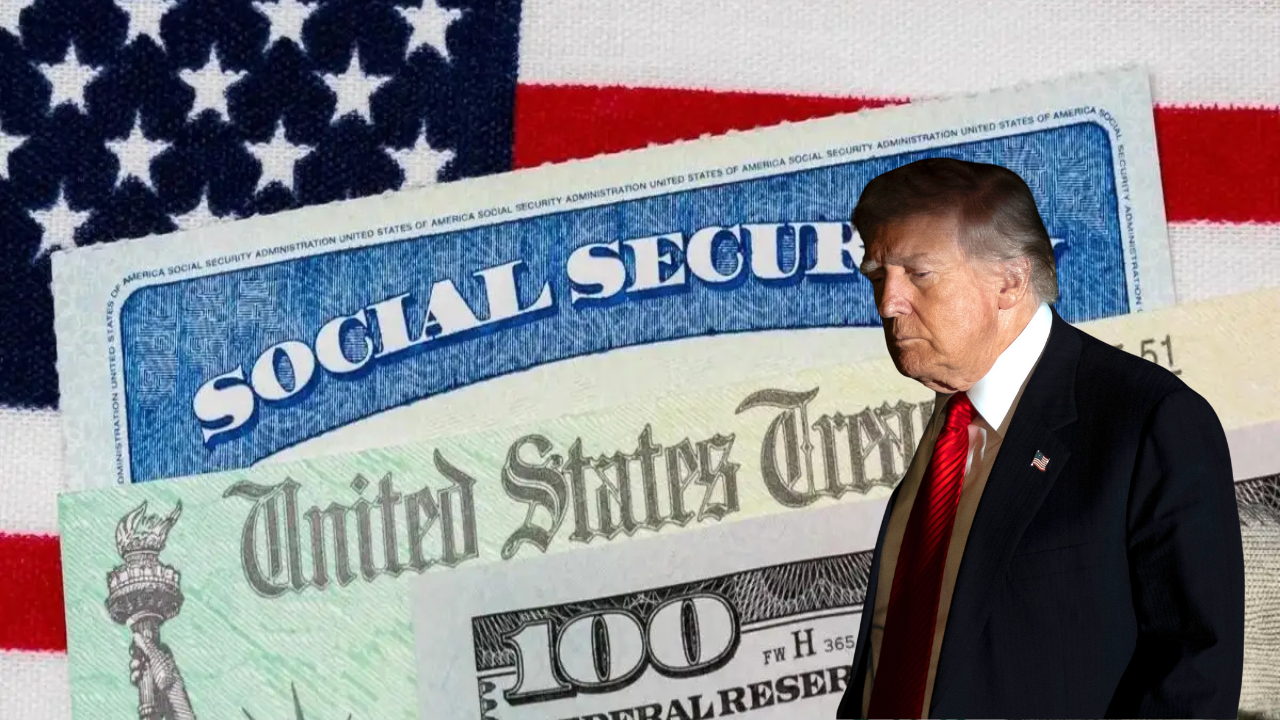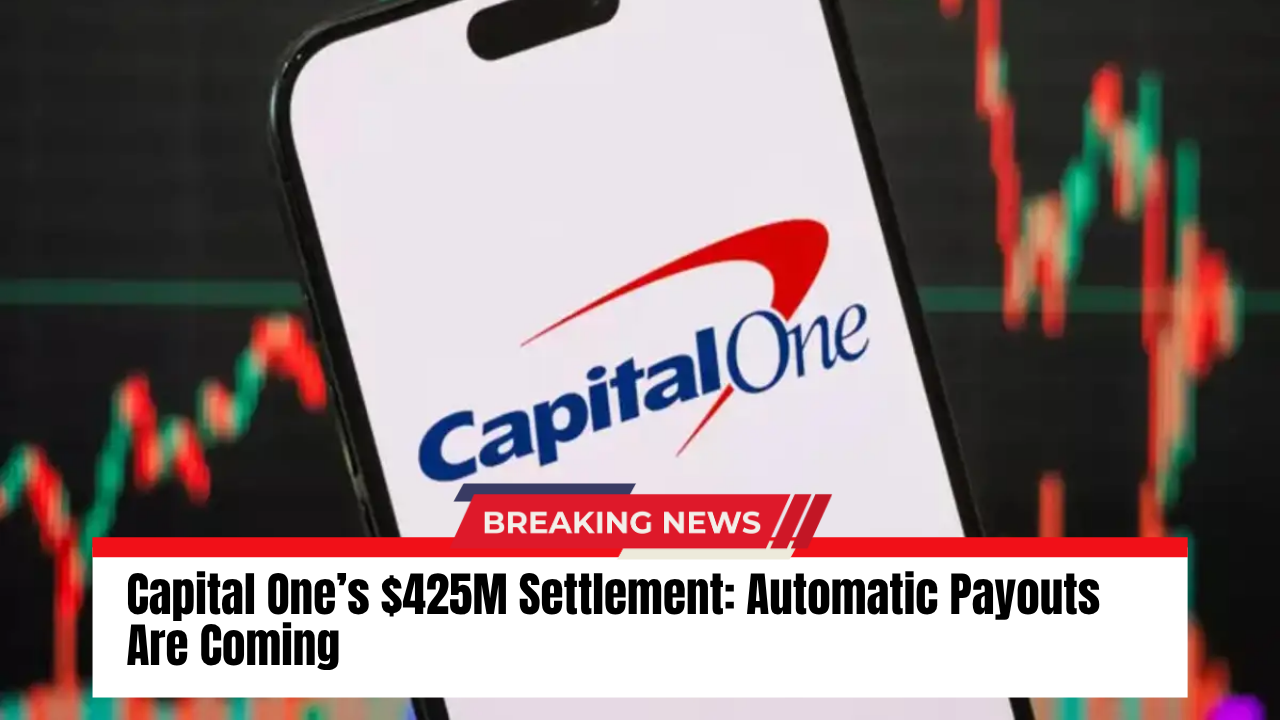As 2025 winds down, several states are rolling out state stimulus checks and tax refunds, putting much needed year-end relief directly into residents’ bank accounts. While talk of a new nationwide stimulus continues to swirl online, the real money right now is coming from targeted state programs built on budget surpluses and local policy priorities.
From Alaska to New Jersey, qualified taxpayers, families and homeowners are seeing payments ranging from a few hundred dollars up to $6,500 in property tax relief.
No Federal “Tax Dividend” Confirmed
Social media has been buzzing about a possible federal “tax dividend” of up to $2,000, supposedly arriving before the end of the year. However, there is currently no official announcement from the Internal Revenue Service confirming any new nationwide stimulus for December.
Instead of broad federal checks, states are leading the stimulus season, using their own surpluses and special funds to send targeted relief payments through:
- Child and family tax credits
- General income tax refunds
- Property tax rebates
- Oil and resource revenue distributions
For millions of households, these state stimulus checks are arriving just in time for the holidays and year-end bills.
Alaska: PFD Payments Anchor the North
Alaska remains one of the most visible examples of direct cash support. Through its Permanent Fund Dividend (PFD), eligible residents who maintained qualifying residency during 2024 are receiving $1,000 payments in December.
These payments, managed by the Alaska Department of Revenue, are funded by petroleum revenues and are designed to offset the high cost of living and energy in the state. Residents who completed their applications by early December are scheduled to see funds hit their accounts around mid-month.
The PFD is not branded as a “stimulus check,” but for many Alaskans it functions as crucial year-end relief for groceries, fuel and winter essentials.
New York: Inflation Relief Continues
In New York, the focus is on easing the squeeze from higher prices. The state’s Inflation Relief program is sending checks of about $150 to $400 to more than eight million residents based on their 2023 tax filings.
Key points of this state inflation refund:
- Amounts vary depending on income, filing status and eligibility
- Payments are being issued through late 2025 and can continue into early 2026
- Many taxpayers receive funds automatically, without filing a separate application
For households already dealing with housing and food inflation, these checks help shore up purchasing power as the fiscal year closes.
West Coast Relief: California and Colorado
On the West Coast, states are turning budget surpluses into direct support.
California: Guaranteed Income for Families
In Sacramento, the Family First pilot program has been offering $725 per month to 200 low income families living in specific ZIP codes. The focus is on:
- Food
- Childcare
- Essential household expenses
Although this guaranteed income pilot wraps up in November, it caps a full year in which participating households enjoyed a rare level of stability and predictable cash flow. It also provides a template for future targeted relief programs in the state.
Colorado: TABOR Refunds Move Faster
Colorado is fast tracking TABOR refunds, using a sizeable $1.7 billion surplus to send checks of roughly $177 to $1,130 per taxpayer, depending on income and filing status. These state stimulus refunds are going out to people who filed state tax returns in recent years.
For many households, these payments look and feel like a traditional stimulus check, even though they are technically tied to tax overcollections under the state’s TABOR rules.
Georgia and Oregon: Tax Rebates and the “Kicker”
In the Southeast and Pacific Northwest, tax rebates are the primary tool.
Georgia: Automatic Tax Rebates
Georgia is sending automated tax rebates of up to:
- $500 for married couples filing jointly
- $250 for single filers
Funded by an $11 billion state surplus, these payments go to eligible taxpayers who filed returns in 2023 and 2024. No separate application is required, and the goal is to ease the tax burden while circulating money back into the state economy.
Oregon: The Kicker Credit
Oregon’s signature “kicker” credit returns excess revenue when collections exceed forecasts by a set margin. For 2025, the state is issuing roughly $1.41 billion in kicker credits, equal on average to about 10% of a taxpayer’s 2024 state tax liability.
Instead of separate checks, the kicker is applied:
- As an increase to tax refunds
- As a reduction in tax owed for returns filed in November and beyond
It’s a quiet but powerful form of year-end financial relief for Oregon households.
Virginia and New Jersey: Closing the Year with Big Incentives
Two East Coast states are closing 2025 with attention grabbing stimulus-style payments.
Virginia: One-Time Rebates
Virginia is offering one time rebates of:
- Up to $200 for single filers
- Up to $400 for married couples
These state tax rebates are limited by the taxpayer’s 2024 state tax liability and became available from mid-October for those who filed by early November. Priority has gone to residents who still had outstanding tax obligations, helping them clear or reduce balances before year-end.
New Jersey: ANCHOR Property Tax Relief
New Jersey’s ANCHOR program is one of the most generous property tax relief initiatives in the country, with potential benefits reaching up to $6,500 for eligible homeowners.
Key features:
- Targeted to low and moderate income homeowners
- Application deadline of October 31
- Payments arriving through November and December, via checks or direct deposits
For many property owners, ANCHOR operates like a large state stimulus check, freeing up cash that would otherwise be swallowed by rising property taxes.
What This Wave of State Payments Means
While there is still no confirmed nationwide federal stimulus, this patchwork of state stimulus checks, refunds, rebates and property tax credits is making a real difference for households heading into 2026.
The big picture:
- States with surpluses are choosing to share them directly with residents
- Programs are highly targeted, focusing on families, lower income taxpayers and homeowners
- Payments often arrive automatically, tied to prior year tax returns
- The support comes at a critical time for holiday spending, heating costs and year-end bills
For Americans watching their accounts closely, this year-end relief may not match the scale of pandemic-era federal checks, but it can still provide meaningful breathing room at a financially stressful time.



